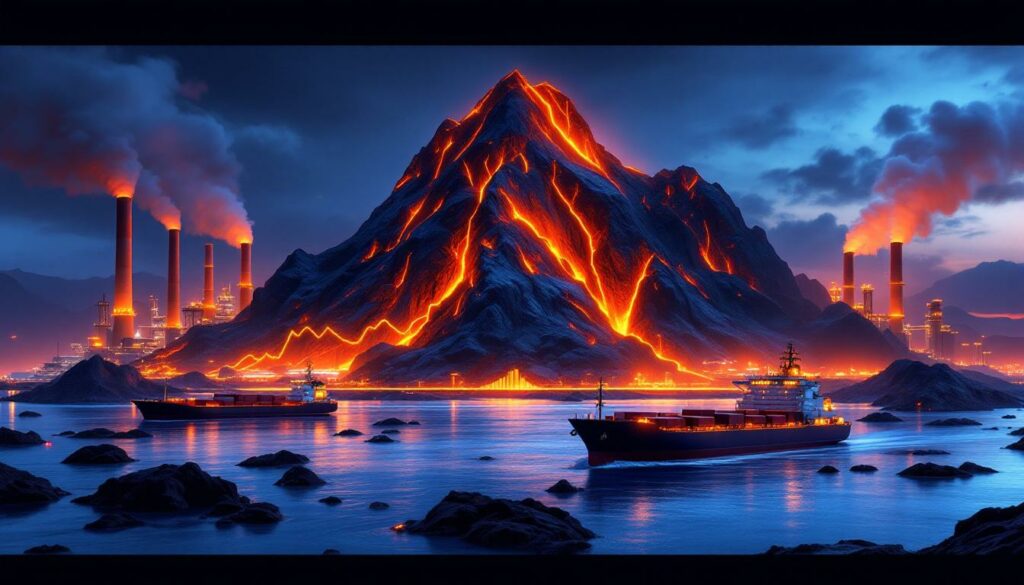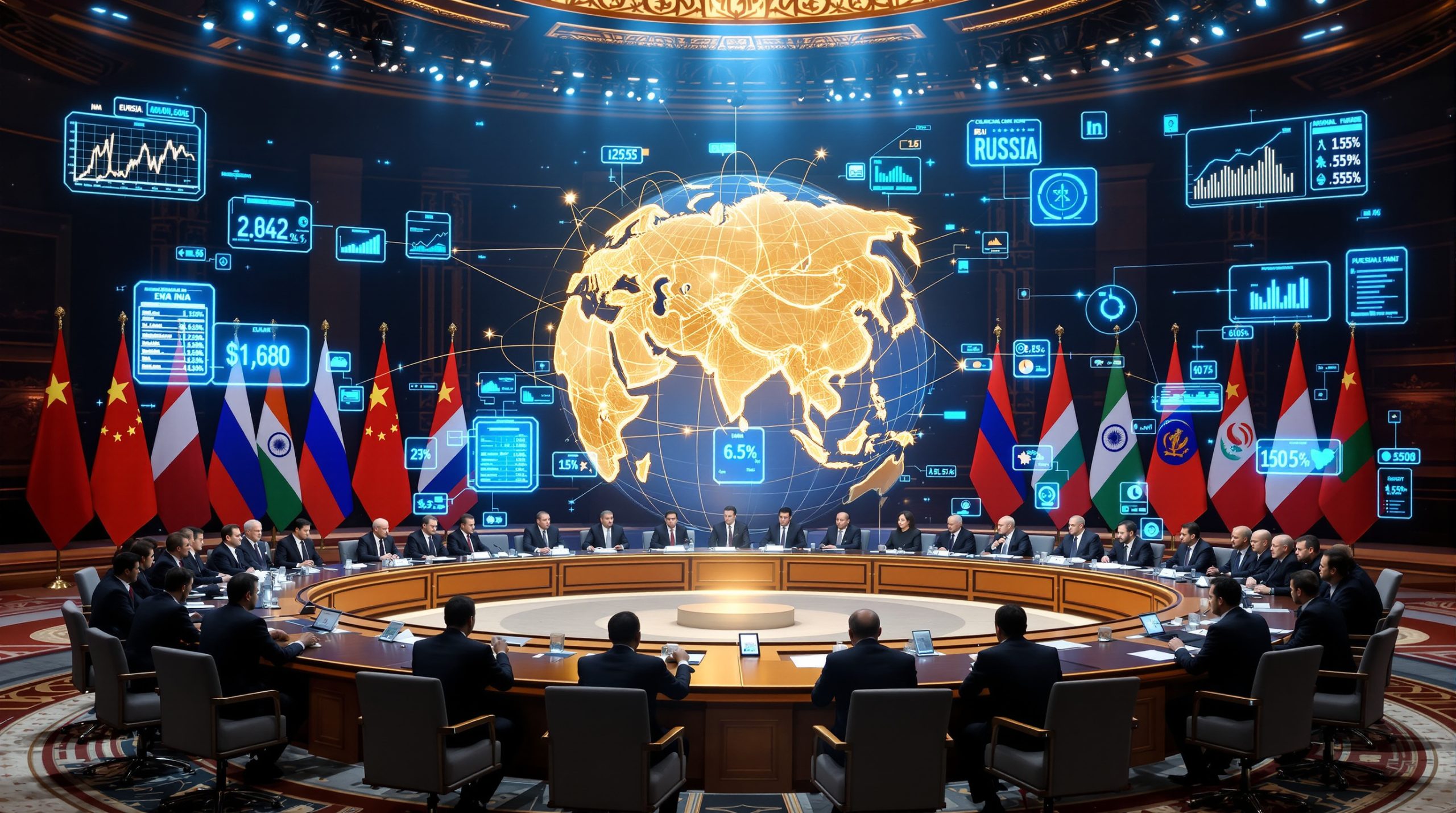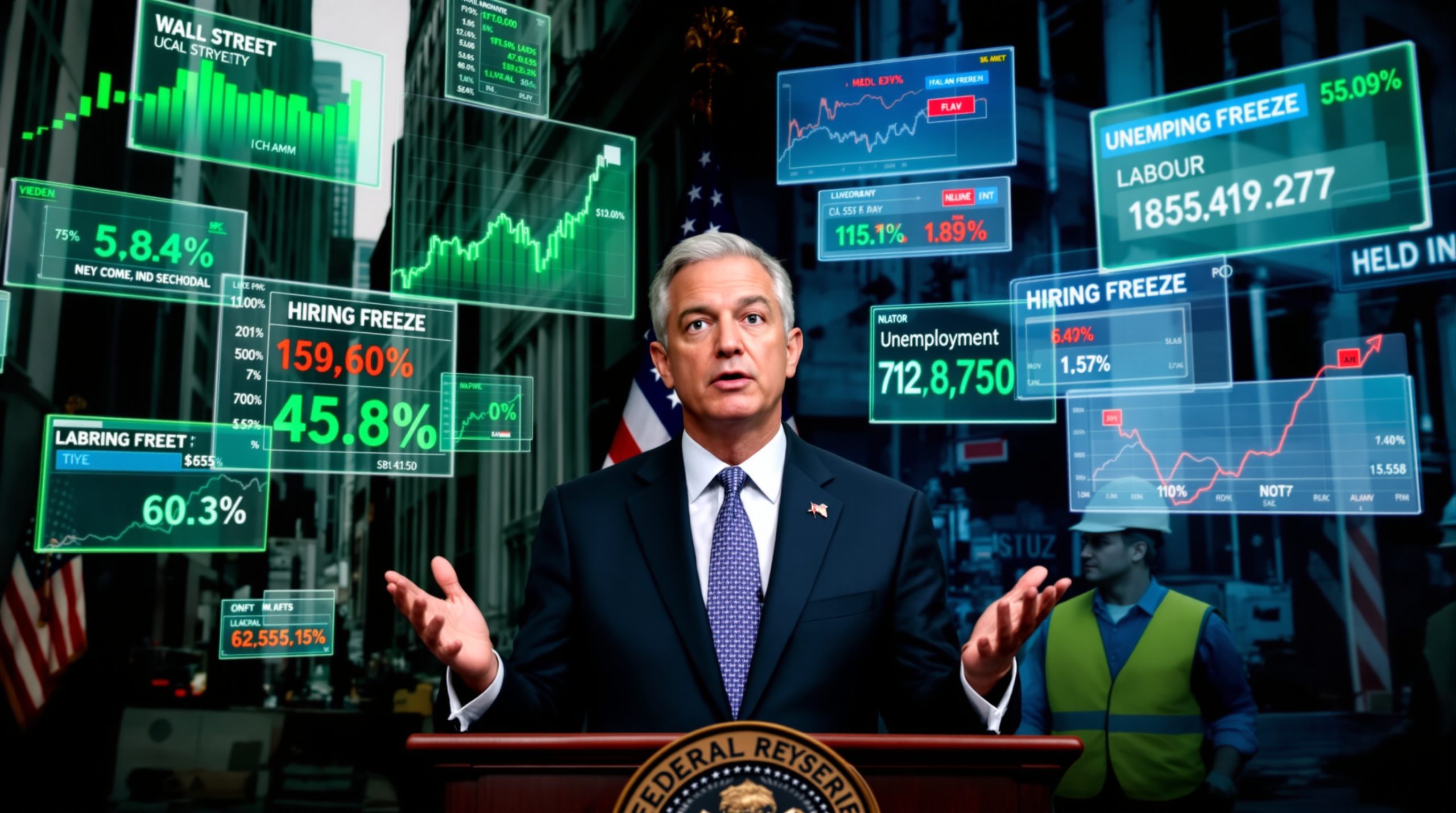Understanding Iron Ore Market Dynamics: Supply-Side Reform and Price Implications
What Is Supply-Side Reform in the Iron Ore Industry?
Supply-side reform represents a comprehensive approach to restructuring industrial capacity and efficiency in resource-intensive sectors. In the iron ore and steel context, these reforms target overcapacity, outdated production facilities, and persistent market imbalances that hamper profitability and sustainability.
Origins and Historical Context
China's first major supply-side reform campaign ran from 2015 to 2018, significantly reshaping global iron ore trends. During this period, Chinese authorities implemented aggressive capacity reduction targets across the steel sector, with the State Council establishing guidelines that aimed to eliminate 150 million tons of annual steel production capacity by 2020. This initiative resulted in the closure of approximately 140 million tons of outdated steel capacity, creating ripple effects throughout global commodity markets.
The reform movement emerged as a response to chronic overcapacity issues plaguing China's industrial sector, where utilization rates had fallen to unsustainable levels. Environmental concerns also drove the initiative, as older facilities typically generated higher pollution levels per ton of output.
Key Elements of Supply-Side Reform 2.0
The latest iteration of supply-side reform appears more measured than its predecessor. According to Citigroup analysts, "Supply-side reform 2.0" will feature more moderate capacity cuts compared to the aggressive approach taken in 2015-2018. A key distinction is the relative absence of complementary demand-side support measures that characterized the earlier reform period.
Beijing's leadership has recently renewed its commitment to addressing outdated industrial capacity, with official communications emphasizing efficiency and environmental compliance rather than raw production cuts. This nuanced approach reflects lessons learned from earlier reform efforts, where rapid capacity elimination sometimes created unintended market disruptions.
"The current reform strategy prioritizes qualitative improvements over quantitative targets, focusing on technological upgrades rather than simply shuttering plants," notes industry analyst Wei Zhang from the China Metallurgical Industry Planning Institute.
Industry metrics now focus on blast furnace efficiency ratings, emissions per ton, and energy consumption standards rather than simple production tonnage. This reflects a maturing approach to industrial policy that balances economic and environmental imperatives.
How Are Iron Ore Prices Responding to Reform Signals?
Recent Price Movements
Iron ore futures have demonstrated resilience in recent weeks, recording two consecutive weekly gains that pushed prices above $96 per ton. As of July 4, 2025, Singapore iron ore futures rose 0.2% to $96.75 per ton, tracking toward a 2.2% weekly increase. This upward trajectory represents a notable turnaround after a challenging year that saw iron ore lose approximately 15% of its value amid China's broader economic struggles.
The price recovery coincides with increased market attention to Beijing's supply-side reform signals, suggesting traders are factoring in potential production constraints even before concrete measures materialize. Current port inventory data reinforces this sentiment, with Chinese port stockpiles holding steady at approximately 95 million tons in June 2025 (SteelHome data), representing about 25 days of consumption at current rates.
Price Support Factors
Multiple factors are contributing to iron ore's price resilience despite broader economic headwinds:
- Reform expectations: Market anticipation of China's supply-side reforms has provided significant psychological price support
- Steel mill margins: Potential capacity cuts could improve profitability for remaining producers, currently averaging just 3% EBITDA margins compared to the 10% global average
- Technical rebounds: After significant yearly declines, prices have found natural support levels around $90-95 per ton
- India's import surge: Unexpected strength in Indian iron ore imports has created a tighter global market balance than previously forecast
These factors have combined to create a floor for prices despite persistent concerns about China's property sector, which traditionally drives approximately 30% of the country's steel consumption.
Analyst Price Projections
Despite recent price strength, many analysts maintain cautious longer-term outlooks. Goldman Sachs maintains that while near-term prices may find support in the $95-100 range, sustained prices above $100 per ton appear unsustainable due to supply growth constraints.
"Prices can be supported at $95-100 per ton in the near term, but supply growth caps upside," notes Aurelia Waltham from Goldman Sachs.
The investment bank's year-end forecast remains at $90 per ton, with potential further declines to $80 per ton anticipated by late 2026 as new production capacity comes online from major producers. This contrasts with the 2016-2017 reform-driven price surge that briefly pushed iron ore above $120 per ton during the previous reform cycle.
Table: Iron Ore Price Forecasts ($/ton)
| Period | Goldman Sachs | Citigroup | Morgan Stanley | Consensus |
|---|---|---|---|---|
| Q3 2025 | 95 | 98 | 93 | 95.3 |
| Q4 2025 | 90 | 93 | 87 | 90.0 |
| Q1 2026 | 85 | 90 | 82 | 85.7 |
| Q4 2026 | 80 | 85 | 78 | 81.0 |
What Challenges Face the Chinese Steel Industry?
Overcapacity Concerns
China's steel industry operates within a massive 1-billion-ton annual market that represents approximately half of global production. Despite previous reform efforts, structural overcapacity persists, with utilization rates averaging 82% compared to the 90% generally considered optimal for profitability.
The geographical distribution of steel capacity presents particular challenges for reform implementation. Provincial governments often resist capacity reduction mandates that might impact local employment and tax revenues. This dynamic has historically created gaps between central policy announcements and actual implementation.
Shandong province's 2024 experience illustrates these challenges. Despite central government directives, planned closures of 5 million tons of outdated capacity faced delays and modifications following local economic impact assessments (Caixin, 2024).
Economic Headwinds
The broader Chinese economy continues to struggle with growth challenges that directly impact steel demand. Recent data from the China Iron & Steel Association shows a 4% year-over-year decline in steel demand during Q2 2025, driven primarily by continued weakness in the construction sector.
Property market metrics remain particularly concerning:
- New housing starts down 8.3% year-over-year
- Infrastructure investment growth slowing to 2.1%
- Manufacturing investment providing only partial offset with 3.5% growth
These economic realities complicate reform efforts by limiting natural demand-driven solutions to overcapacity. Without corresponding demand growth, production cuts become more difficult to implement without creating market distortions.
Production Dynamics
As Goldman Sachs analyst Aurelia Waltham notes, meaningful reductions in steel production and iron ore consumption would require either weakening domestic demand, declining exports, or mandatory production cuts enforced by authorities.
Recent export trends have provided some support, with Chinese steel exports rising 7% in the first half of 2025. However, this growth has fueled trade tensions with major markets, potentially limiting this outlet for excess production. The EU has already signaled potential safeguard measures against Chinese steel imports, citing concerns about market distortion.
How Is Global Iron Ore Supply Affecting Market Balance?
Major Supplier Production
Ample iron ore supplies from Australia and Brazil continue to exert downward pressure on prices. Combined exports from these two dominant producers reached approximately 1.28 billion tons in 2024 (UNCTAD, 2025), with Australia contributing around 900 million tons and Brazil approximately 380 million tons.
Production expansion projects at major miners remain on schedule, with Vale's S11D mine expansion adding 12 million tons of annual capacity by late 2025. Australian industry advantages have moderated but remain positive at approximately 2% year-over-year, supported by brownfield expansions and operational efficiencies rather than major new developments.
The CRU Group estimates a global surplus of approximately 50 million tons for 2025, though this projection predates recent developments in Chinese policy and Indian import patterns.
India's Shifting Position
In a development that has surprised many market observers, lower iron ore prices have triggered an unexpected shift in India's trade position. According to Goldman Sachs analysis, India's net exports have effectively fallen to zero, significantly ahead of previous projections that didn't anticipate this status until late 2026.
"India's accelerated transition to net importer status creates potential upside to our previous price forecast insights," notes Goldman's commodities research team.
This shift reflects India's robust domestic steel sector growth, currently expanding at approximately 8% annually as infrastructure development and manufacturing initiatives drive consumption. India's domestic iron ore industry, despite substantial reserves, has struggled with regulatory challenges and infrastructure constraints that limit production growth.
Supply Growth Limitations
While current supply remains robust, analysts suggest the projected growth in production capacity places a natural ceiling on potential price increases. Major mining companies have maintained disciplined capital expenditure programs focused on incremental brownfield expansions rather than transformative greenfield projects.
Table: Major Iron Ore Producers – Production Volumes (Mt)
| Producer | 2023 | 2024 | 2025 (est.) | 2026 (est.) |
|---|---|---|---|---|
| Vale | 321 | 335 | 345 | 360 |
| Rio Tinto | 322 | 330 | 335 | 340 |
| BHP | 285 | 290 | 295 | 300 |
| FMG | 192 | 195 | 200 | 205 |
| Others | 580 | 600 | 615 | 625 |
| Total | 1,700 | 1,750 | 1,790 | 1,830 |
What Are the Broader Market Implications?
Impact on Steel Markets
Yuan-priced iron ore futures on the Dalian exchange have edged upward in recent sessions, while steel contracts in Shanghai have also advanced modestly. These movements suggest market participants are factoring in potential benefits from capacity reductions, with hot-rolled coil futures registering a 1.5% weekly gain.
Steel mill profitability metrics show early signs of improvement, with average margins expanding by approximately 0.8 percentage points since reform discussions intensified. However, this improvement remains modest compared to the more substantial margin expansions seen during the 2015-2018 reform cycle.
The differentiation between high-efficiency and outdated producers has become increasingly pronounced, with top-quartile mills maintaining EBITDA margins nearly three times the industry average. This disparity could accelerate as reforms progress, potentially leading to industry consolidation beyond simple capacity reduction.
Connections to Other Metals Markets
The broader industrial metals complex shows mixed reactions to macroeconomic factors. Copper eased 0.4% to $9,913 per ton on the London Metal Exchange following stronger-than-expected U.S. jobs data that reduced expectations for imminent interest rate cuts. The U.S. Bureau of Labor Statistics reported 200,000 new jobs in June 2025, exceeding consensus forecasts of 175,000.
Aluminum similarly dropped 0.2% as markets recalibrated rate expectations. The interconnections between monetary policy, economic growth projections, and industrial metal demand highlight the complex factors influencing the broader materials sector beyond China's policy shifts.
Some analysts see potential divergence between iron ore and other industrial metals if supply-side reforms significantly impact steel production while broader Chinese economic activity remains subdued.
Investment Considerations
Investors should carefully monitor the actual implementation of supply-side reforms rather than just policy announcements. Key indicators to watch include:
- Official capacity closure announcements from the National Development and Reform Commission
- Monthly production statistics from the National Bureau of Statistics
- Steel mill profit margin trends reported by industry associations
- Environmental compliance requirements and enforcement actions
- Provincial-level implementation metrics and local government statements
The gap between policy statements and execution has historically been significant in China's industrial policy, making ground-level verification particularly important for investment decisions.
How Might Supply-Side Reform 2.0 Differ From Previous Efforts?
Intensity and Approach
Analysts anticipate a less aggressive approach to capacity cuts compared to the 2015-2018 period, which saw rapid elimination of approximately 140 million tons of steel production capacity. The current reform signals suggest more targeted interventions focused on environmental performance and technological standards rather than broad-based reductions.
This evolution reflects Beijing's growing sophistication in industrial policy and recognition of unintended consequences from previous reform cycles, including temporary price spikes that benefited foreign producers more than domestic industry.
The capacity reduction process is expected to extend over a longer timeframe, potentially taking 3-5 years rather than the concentrated 2-3 year window seen previously. This measured approach aims to minimize market disruption while still addressing fundamental overcapacity issues.
Demand-Side Measures
Unlike previous reform efforts that included complementary demand stimulation through infrastructure spending and property market support, current indications point to limited follow-up demand measures. This reflects both fiscal constraints and policy priorities that have shifted away from property-led growth.
The absence of significant demand support could potentially reduce the overall market impact compared to earlier reforms. Without concurrent demand growth, capacity reductions may simply bring the market closer to balance rather than creating the tight supply conditions that drove previous price rallies.
"The 2015-2018 reforms coincided with unexpected demand strength that amplified price impacts. The current environment lacks similar demand catalysts," observes Chen Liu, chief economist at Beijing Minerals Research Institute.
Environmental Considerations
Modern supply-side reforms increasingly incorporate environmental standards and efficiency requirements as central components rather than secondary considerations. China's 2025 "green steel" policy targets 30% electric arc furnace (EAF) adoption by 2030, prioritizing scrap-based production over traditional blast furnace operations.
Hebei province, China's largest steel-producing region, has implemented emissions caps requiring a 20% reduction in carbon intensity by 2027 (SCMP, 2024). These environmental mandates effectively function as production constraints while addressing multiple policy objectives.
The integration of environmental and capacity targets represents a more sophisticated approach that may prove more durable than previous efforts. By linking production limits to verifiable environmental metrics, authorities create accountability mechanisms that are harder to circumvent than simple tonnage targets.
FAQ: Iron Ore Market and Supply-Side Reform
What factors could push iron ore prices above $100 per ton?
Several potential catalysts could drive prices beyond the $100 threshold, though analysts consider sustained prices at this level unlikely:
- Aggressive reform implementation: More severe than expected capacity cuts would tighten the market more rapidly
- Supply disruptions: Weather events or operational issues at major Australian or Brazilian mines could create temporary shortages
- Demand surprises: Unexpected stimulus measures targeting steel-intensive sectors could boost consumption
- Indian import acceleration: Further growth in Indian iron ore imports would tighten global supply balances
However, the supply pipeline from major producers creates a natural ceiling on sustainable price increases, with approximately 80 million tons of new annual capacity expected online by 2027.
How does China's steel industry overcapacity affect global markets?
China's 1-billion-ton annual steel market represents roughly half of global production, making its capacity utilization rates a critical factor for worldwide markets. Current industry dynamics create several global impacts:
- Price pressure: Overcapacity leads to compressed margins, potential overproduction, and downward pressure on global steel prices
- Export flows: When domestic demand weakens, excess production often targets export markets, affecting producers worldwide
- Raw material dynamics: Changes in Chinese steel output directly impact global iron ore and coking coal demand
- Environmental spillovers: Production shifting to less regulated environments can increase global emissions per ton
The International Steel Association estimates that global steel capacity utilization averaged 77.5% in 2024, well below the 85-90% range considered necessary for sustainable profitability across the industry.
What role does India play in the changing iron ore market?
India is undergoing a significant transition from its traditional position as a net exporter to a balanced or net importing position much earlier than market forecasts anticipated. This shift has several important implications:
- Supply tightening: Reduced Indian exports effectively remove approximately 20-25 million tons annually from seaborne markets
- Price support: The shift creates unexpected supply tightness, particularly for specific ore grades
- Long-term trend: India's steel production is projected to grow 7-8% annually through 2030, suggesting continued import requirements
- Quality dynamics: India particularly targets higher-grade ores that command premium pricing
While India possesses substantial domestic iron ore reserves (over 30 billion tons), regulatory constraints, infrastructure limitations, and quality considerations have accelerated its transition to importer status.
How do macroeconomic factors influence iron ore prices?
Iron ore prices are sensitive to a wide range of macroeconomic variables beyond direct supply-demand balances:
- Interest rates: Higher rates increase carrying costs for inventories and typically strengthen the USD, pressuring commodity prices
- Economic growth indicators: Manufacturing PMIs, construction indexes, and GDP forecasts directly impact steel demand projections
- Currency movements: AUD/USD and BRL/USD fluctuations affect production economics for major suppliers
- Energy costs: Coal and electricity prices significantly impact steel production costs and competitiveness
- Regulatory environments: Carbon pricing, trade policies, and environmental regulations shape regional competitiveness
Recent stronger-than-expected U.S. jobs data influenced broader metals markets
Ready to Stay Ahead of Major ASX Mineral Discoveries?
Don't miss the next market-moving mineral announcement! Discovery Alert's proprietary Discovery IQ model delivers instant, actionable alerts on significant ASX discoveries, giving you a decisive market advantage. Explore why major discoveries can generate substantial returns by visiting the dedicated discoveries page.




